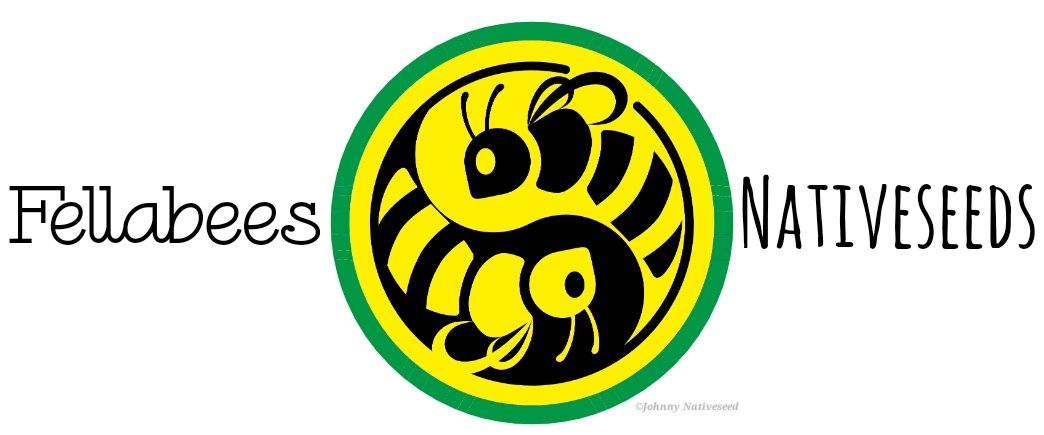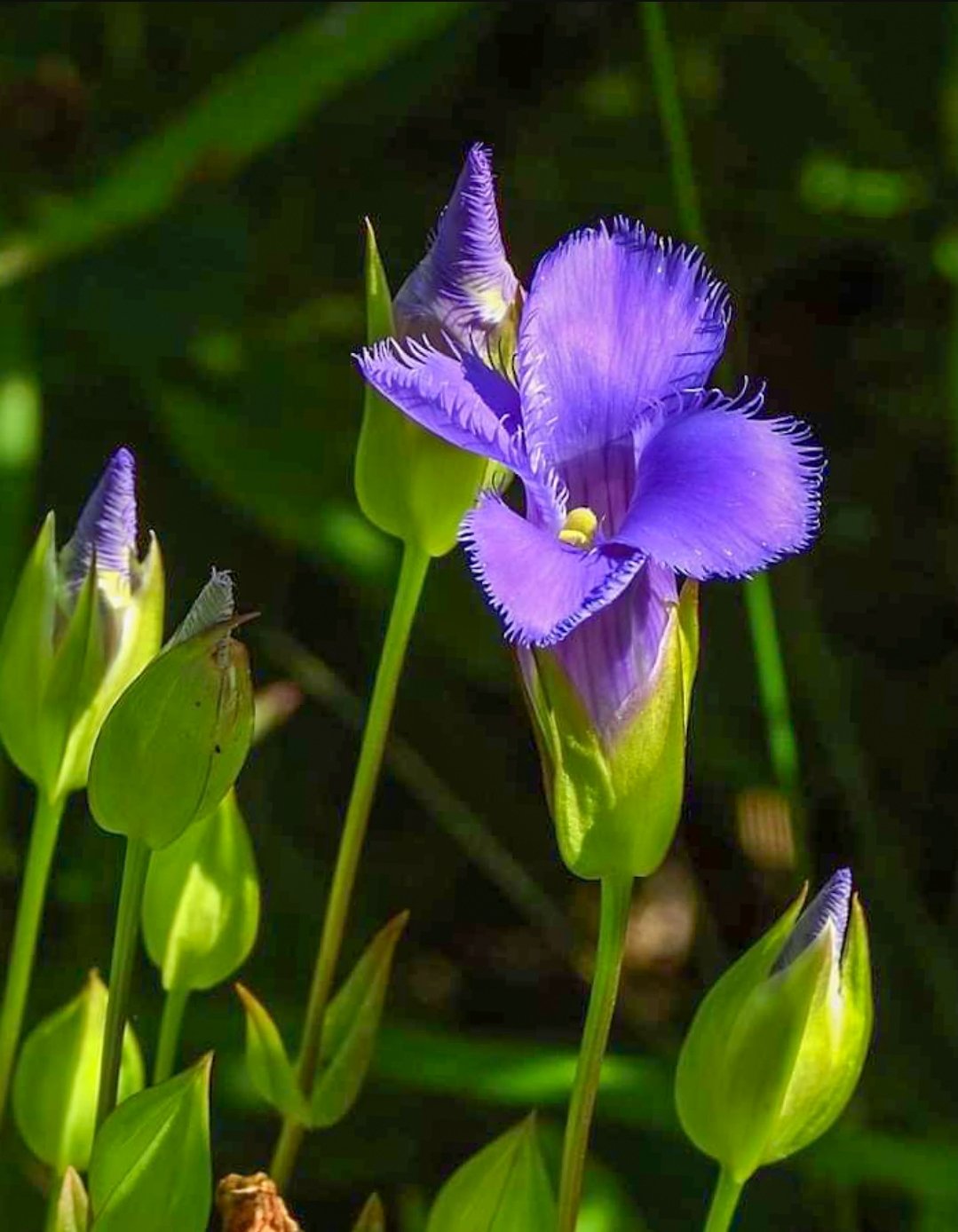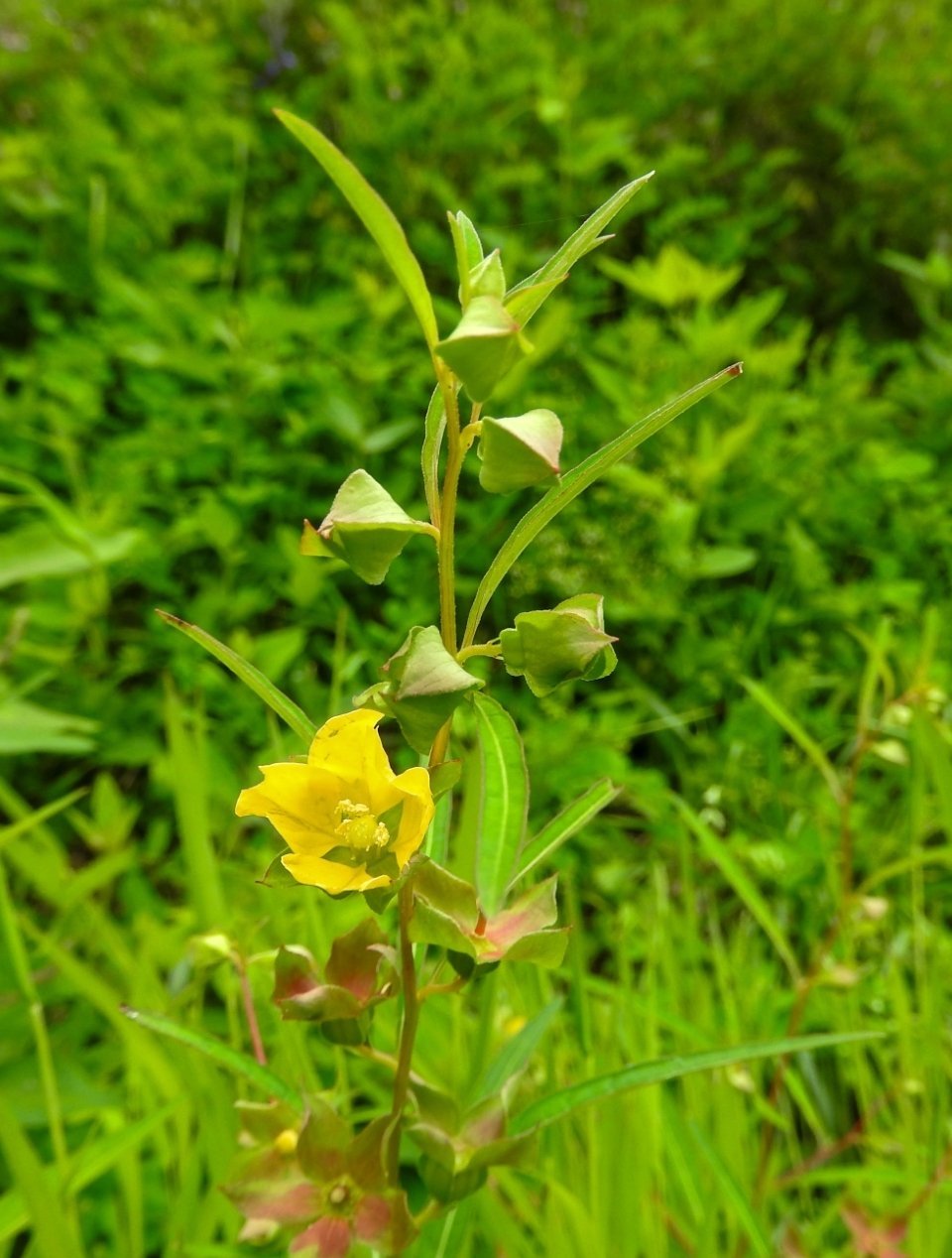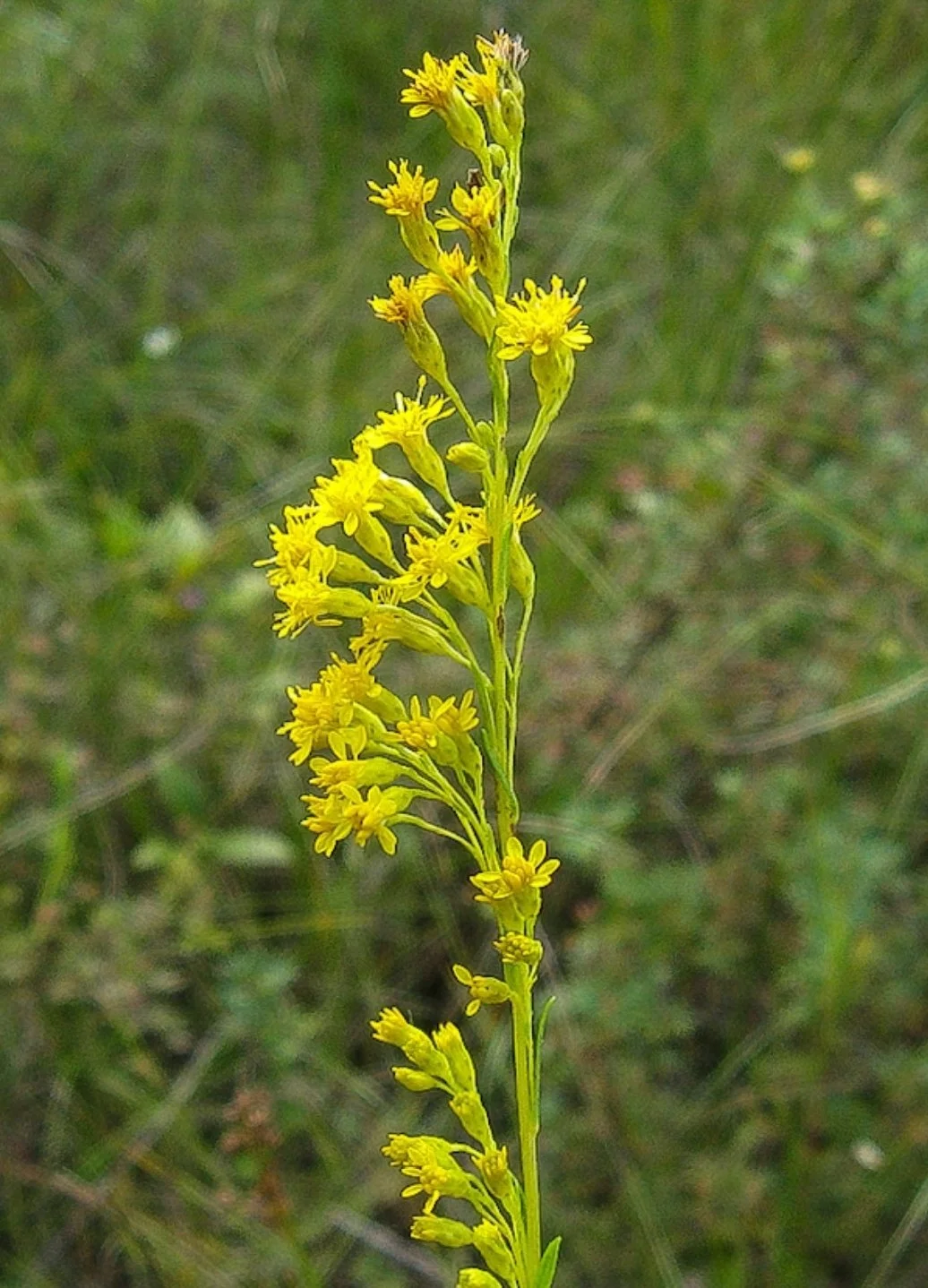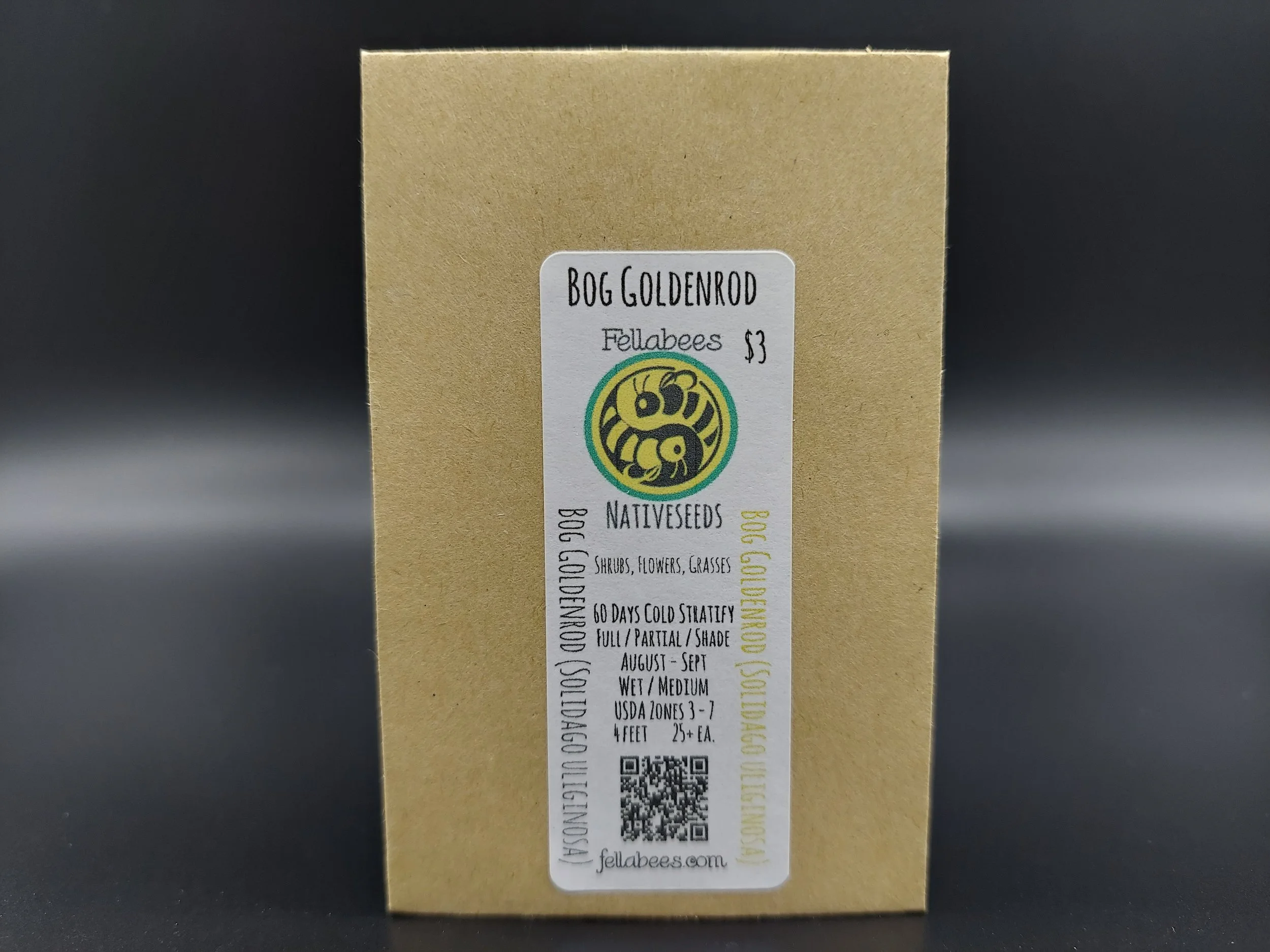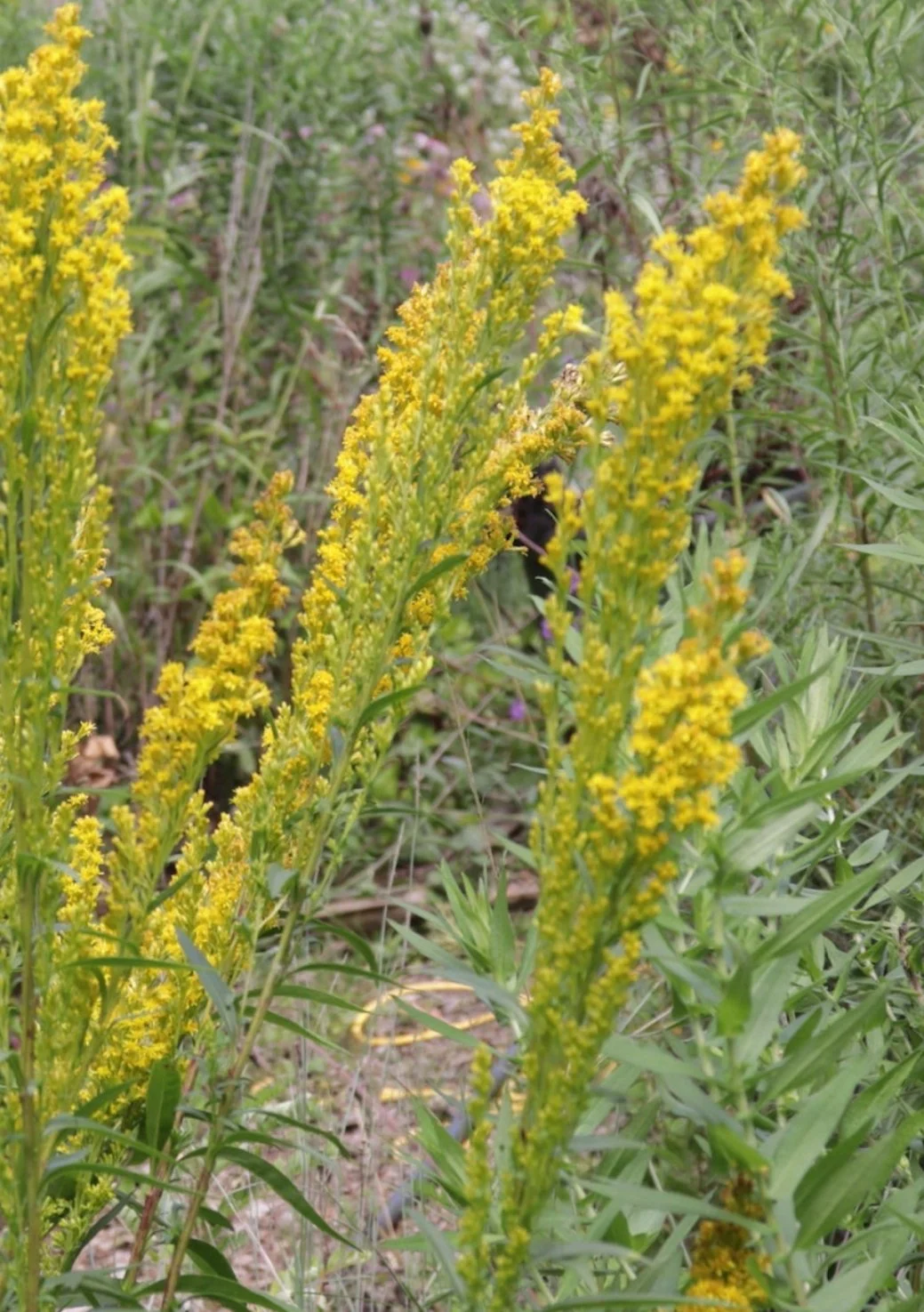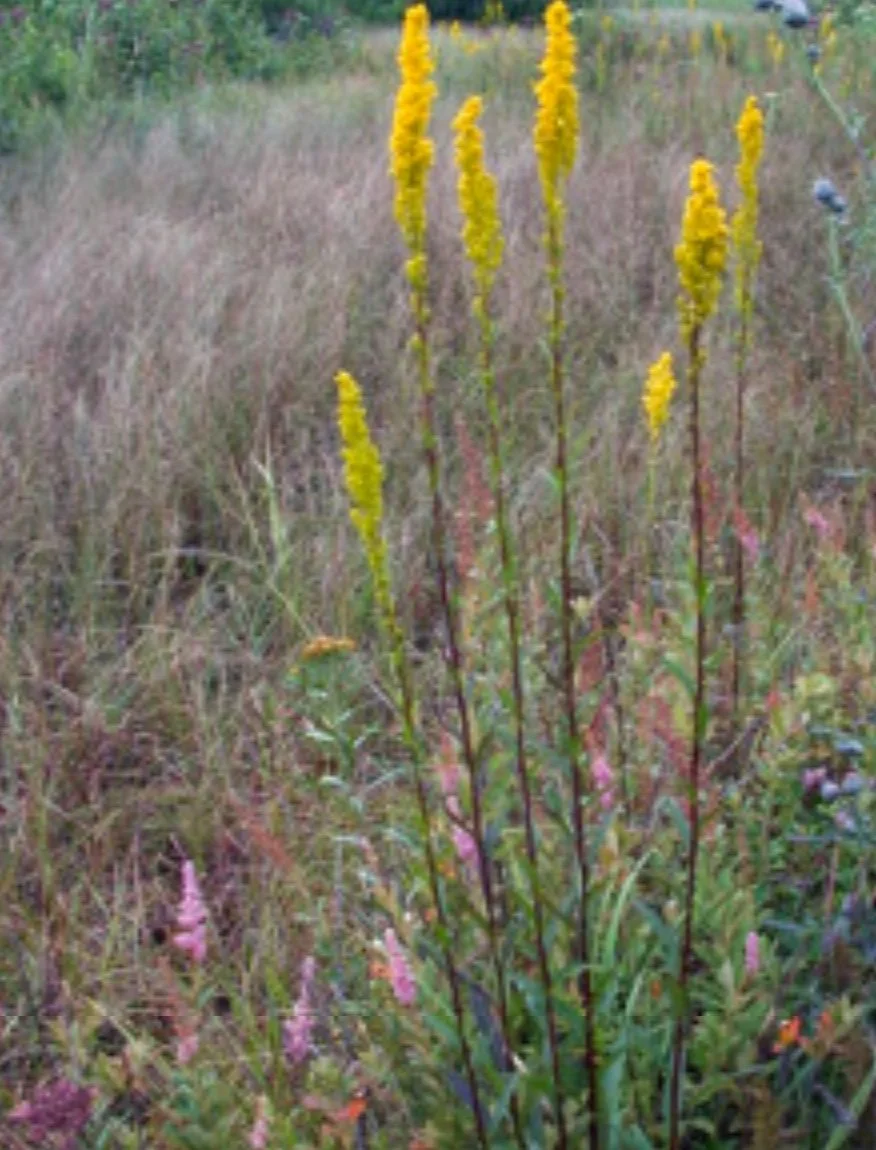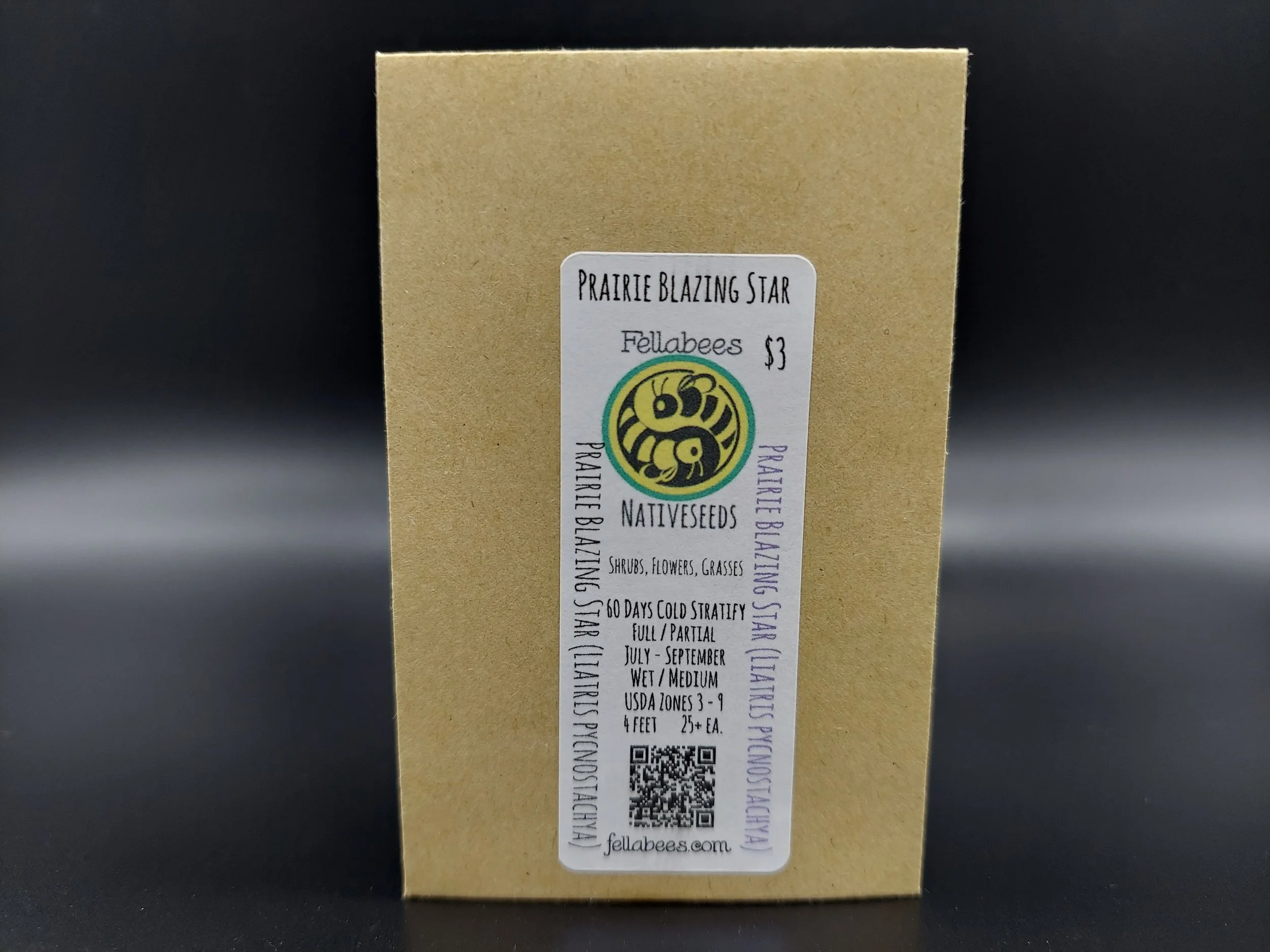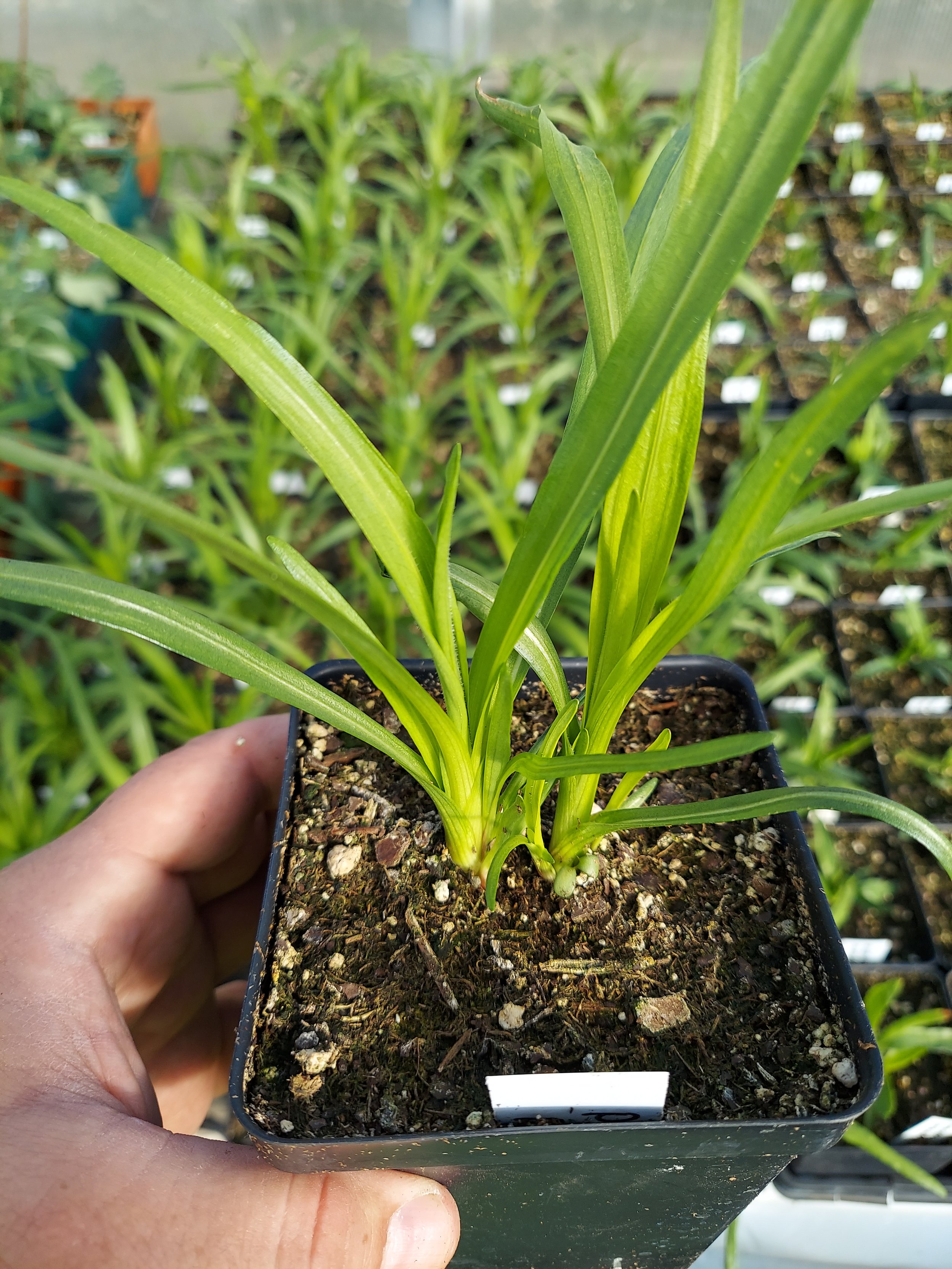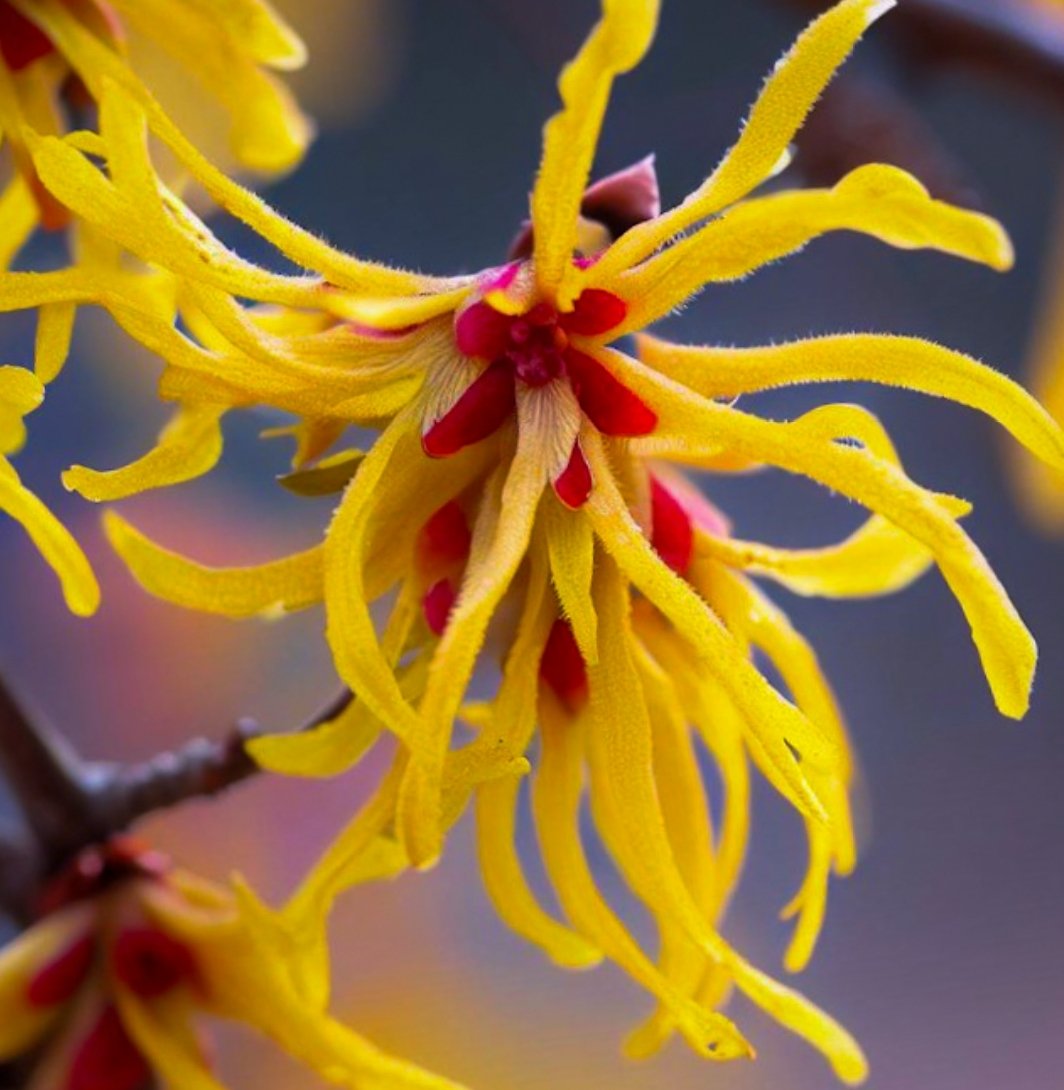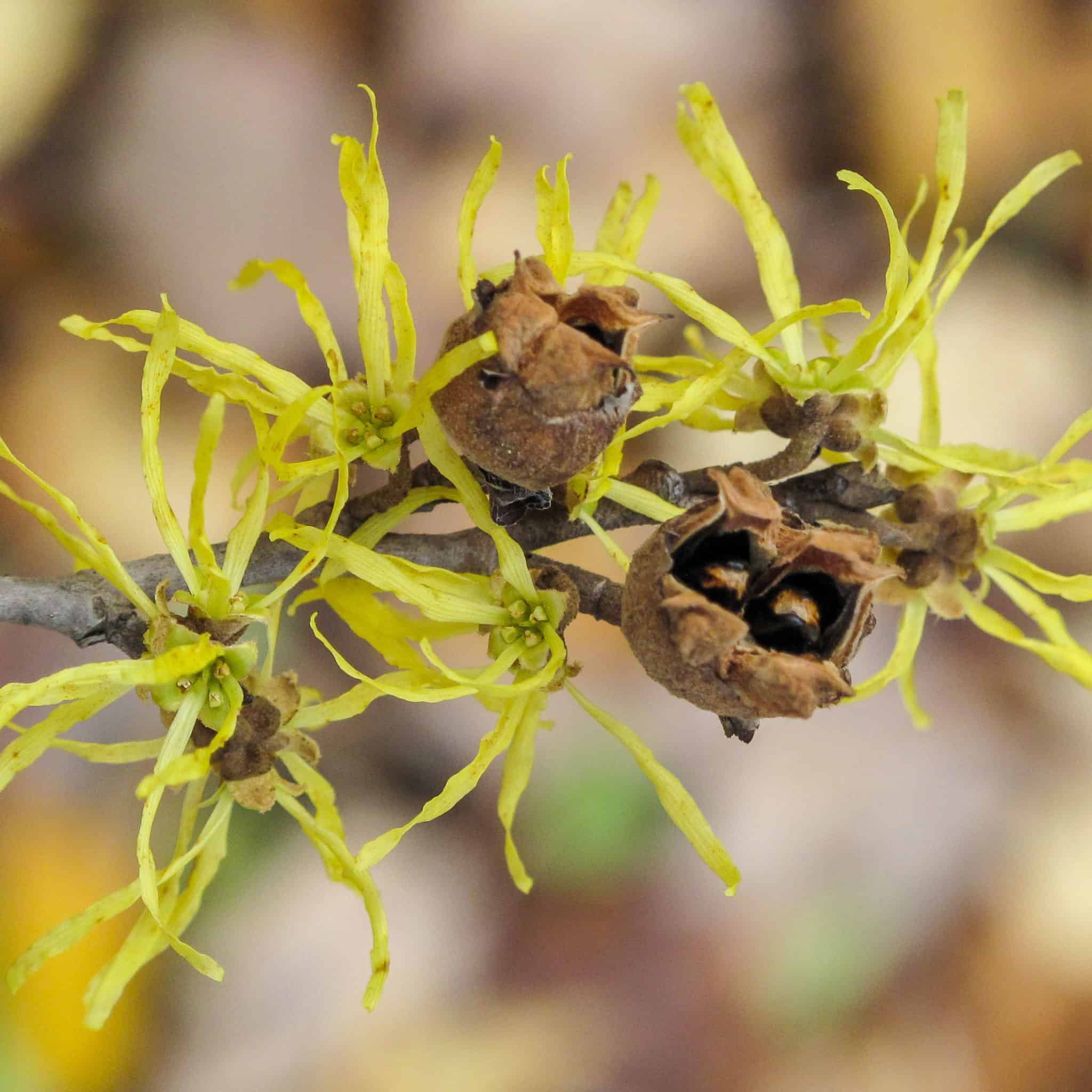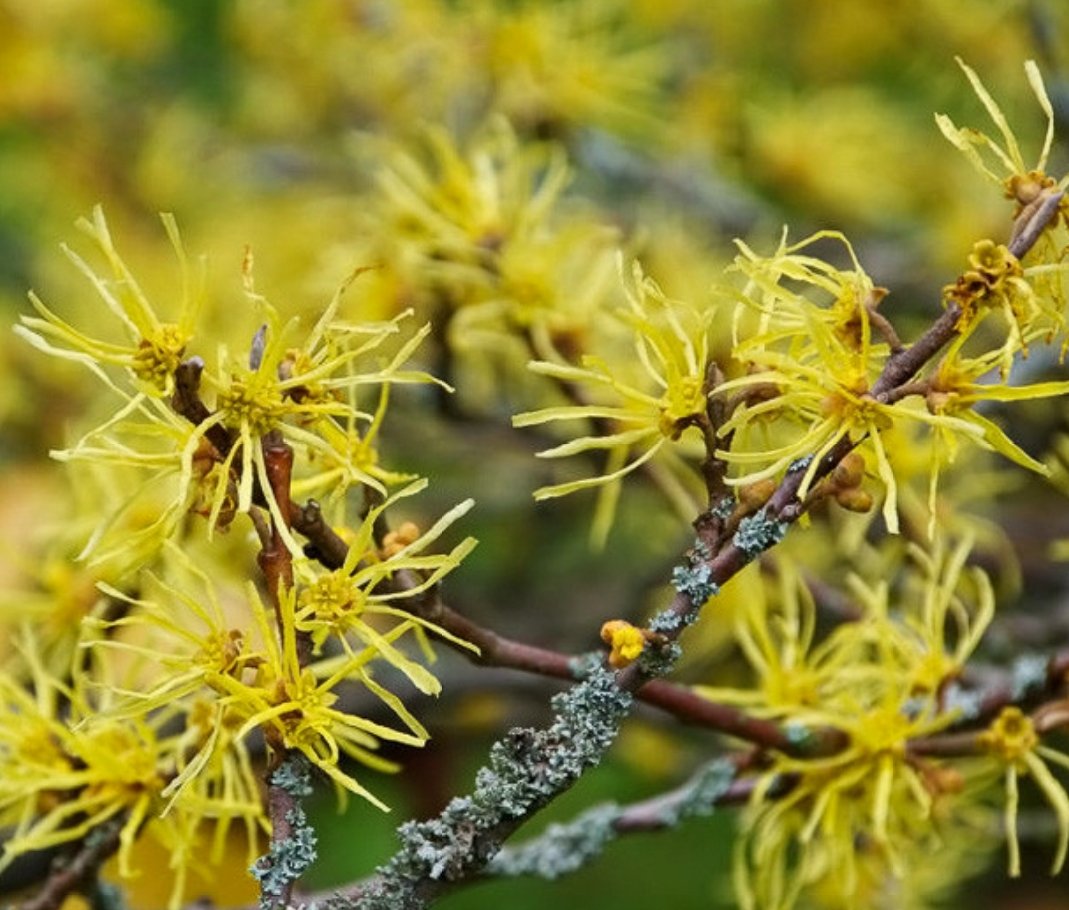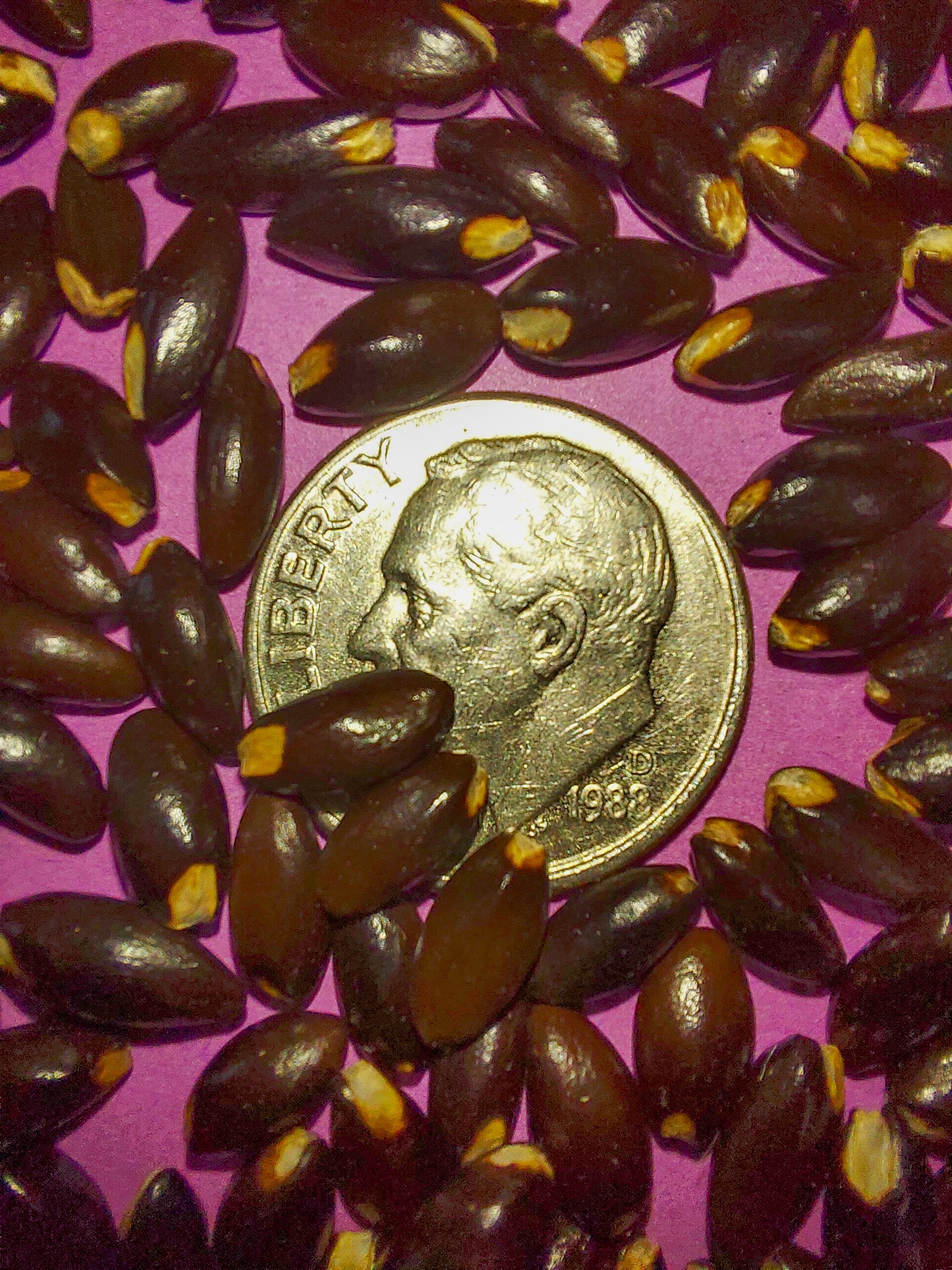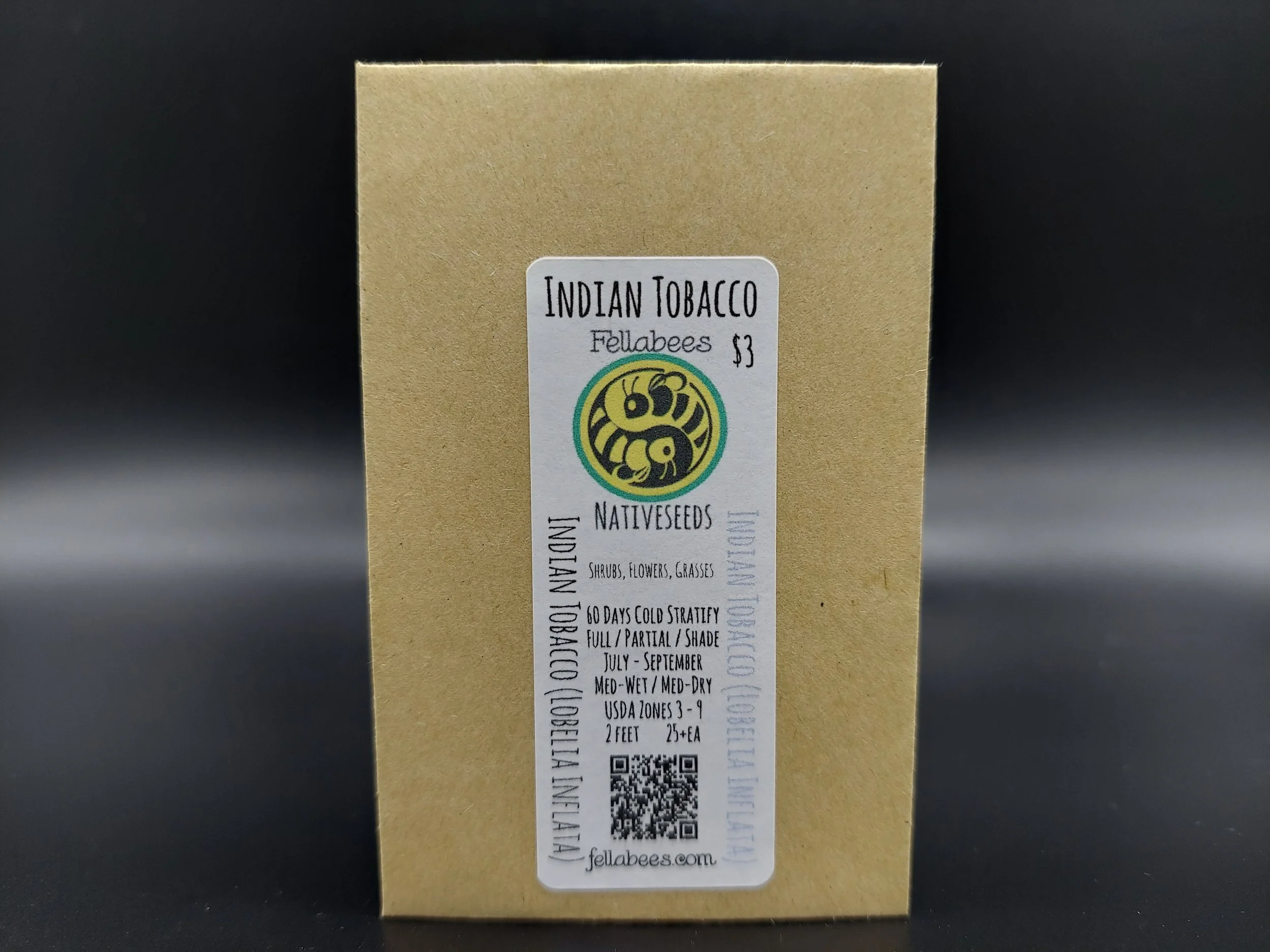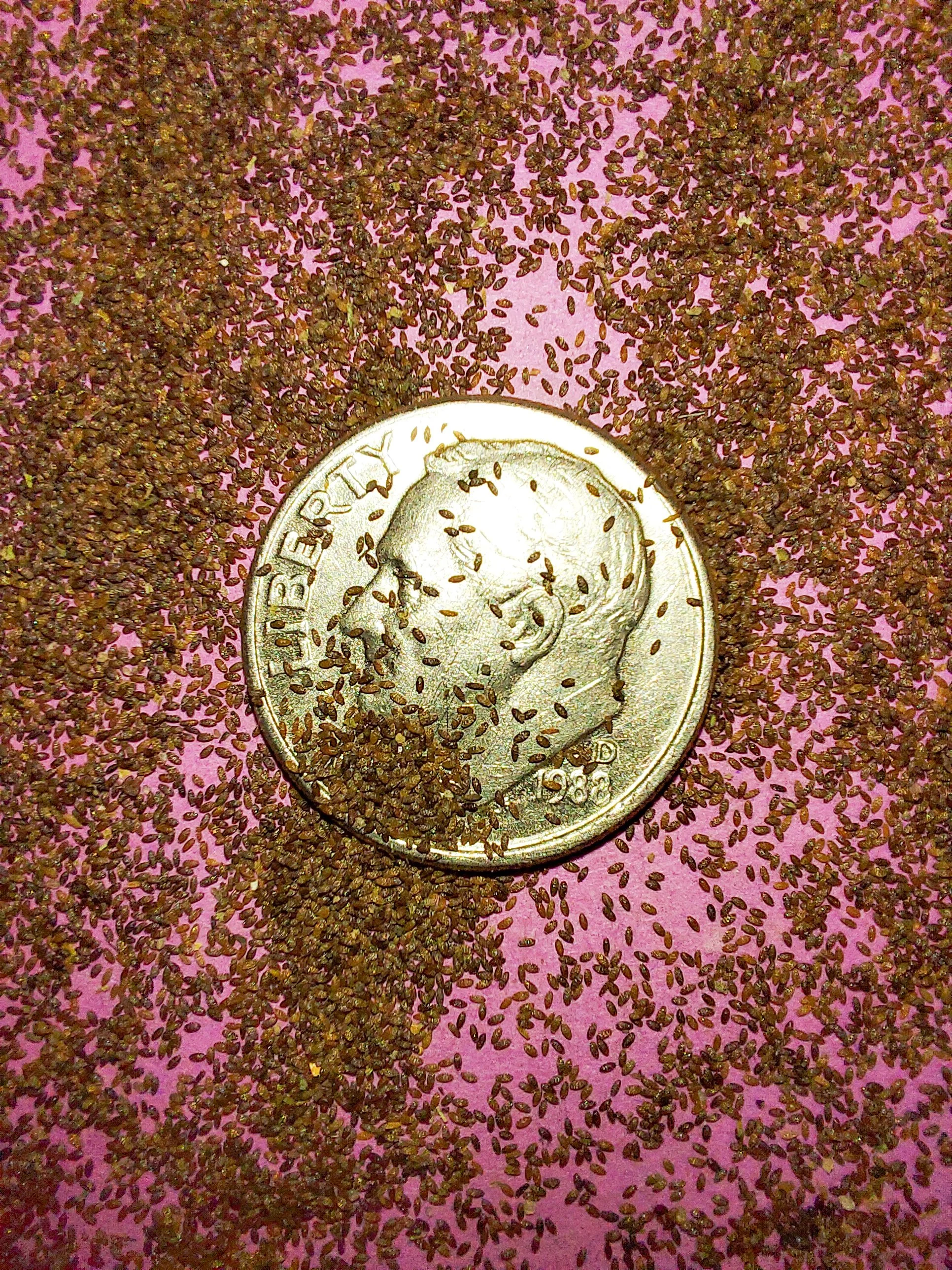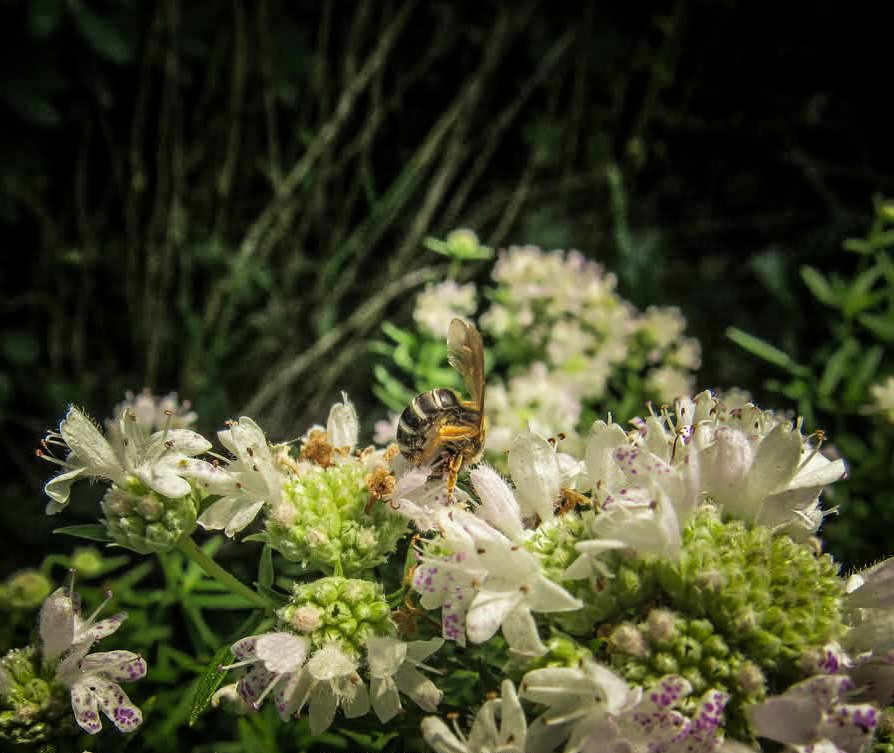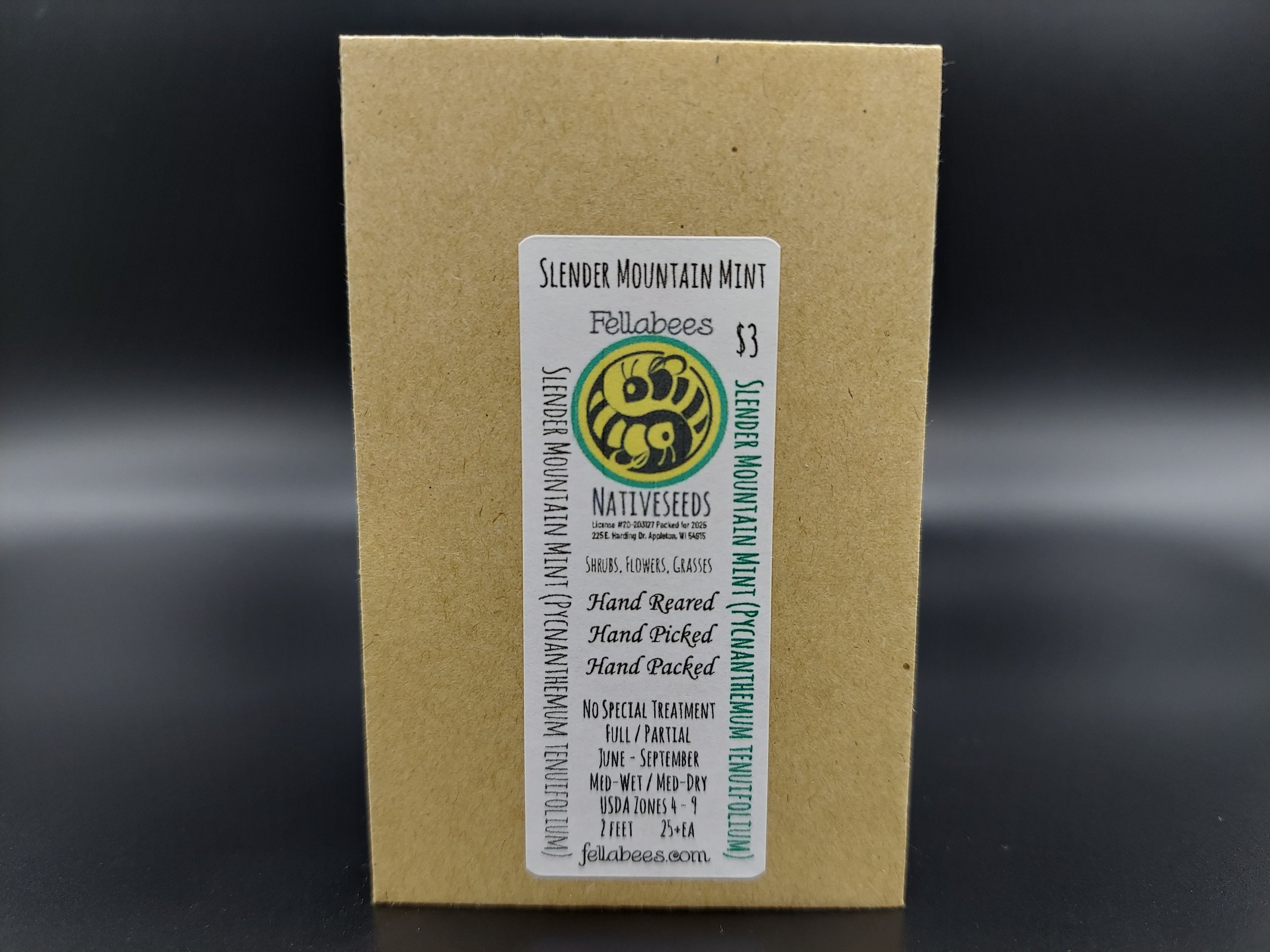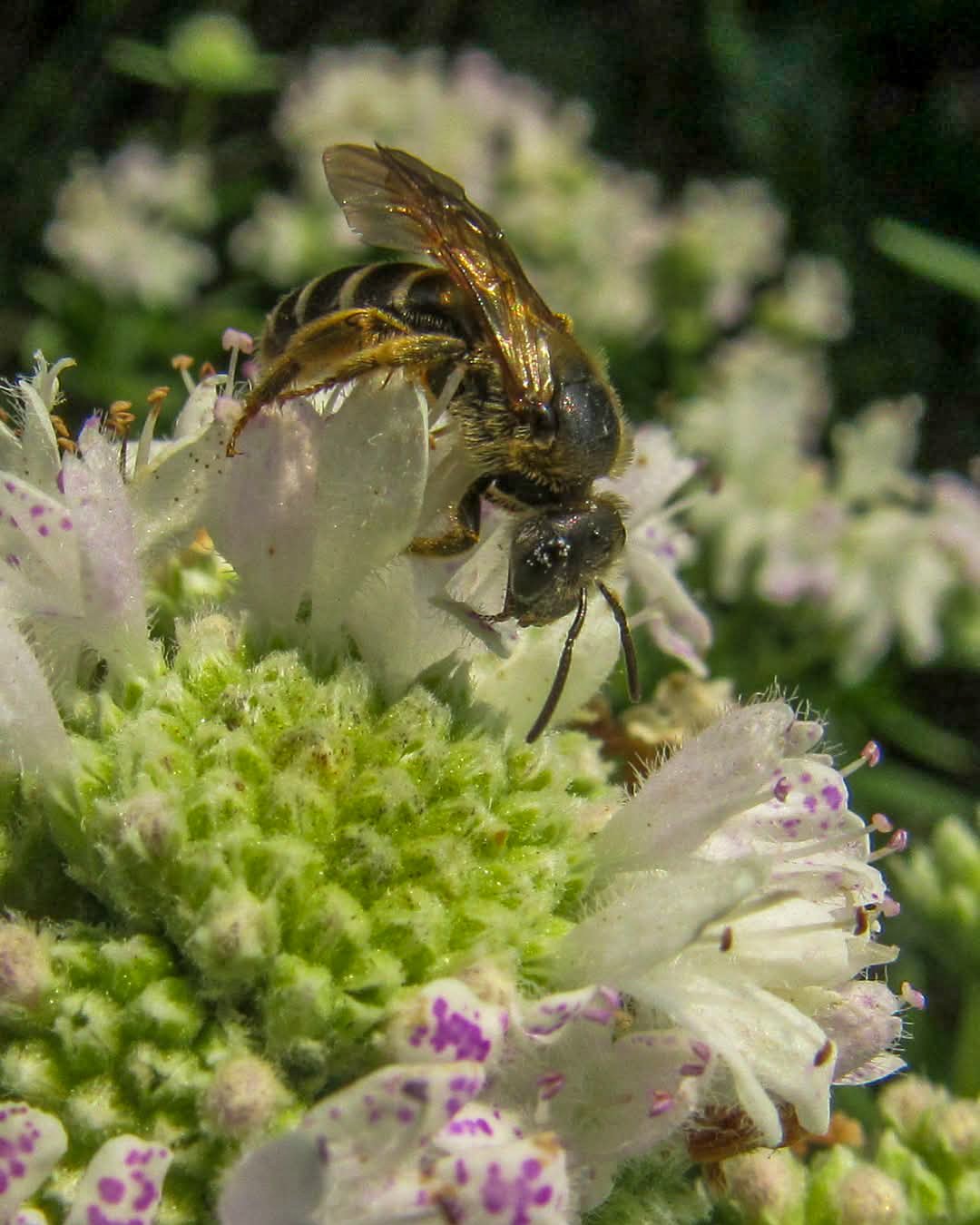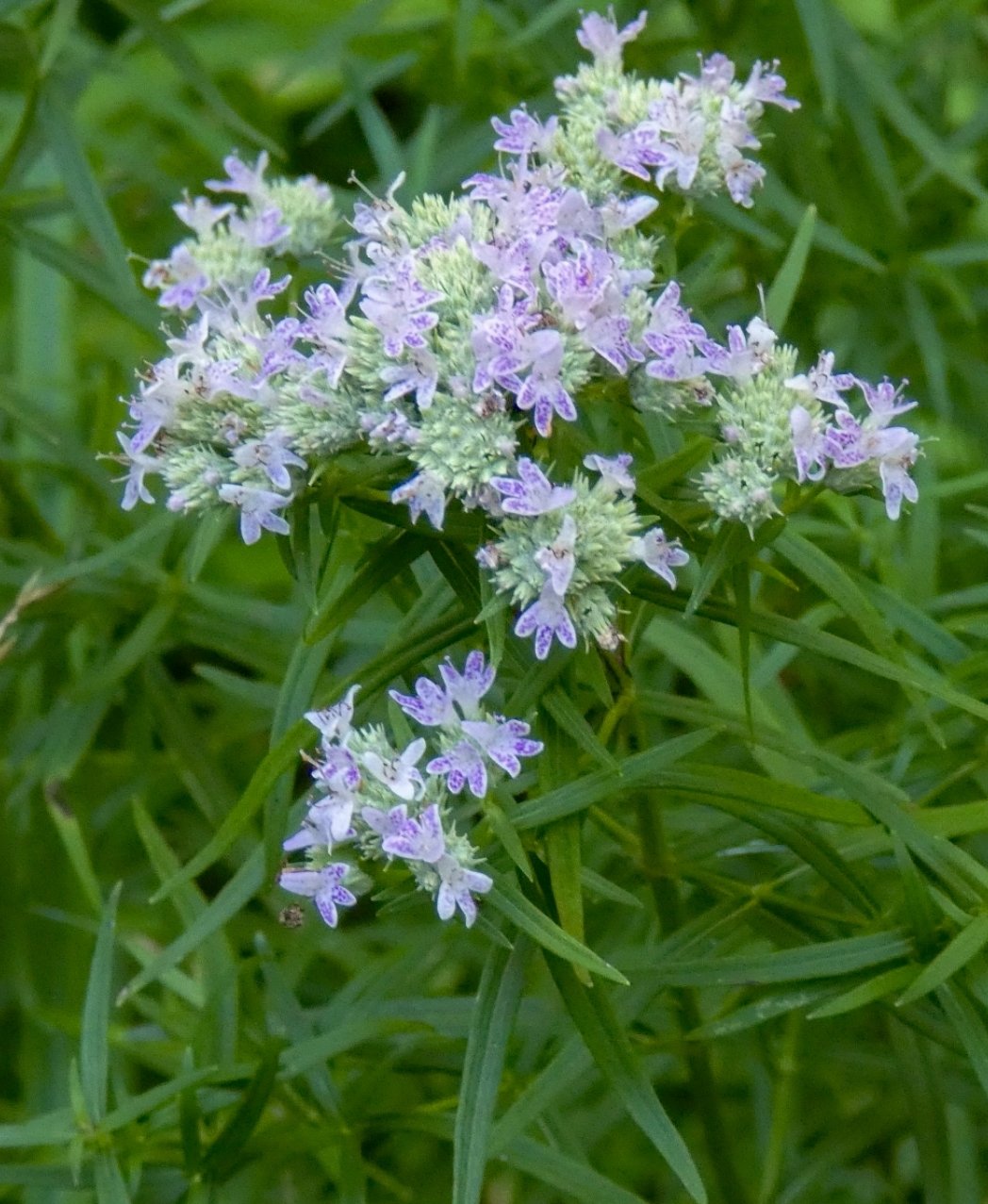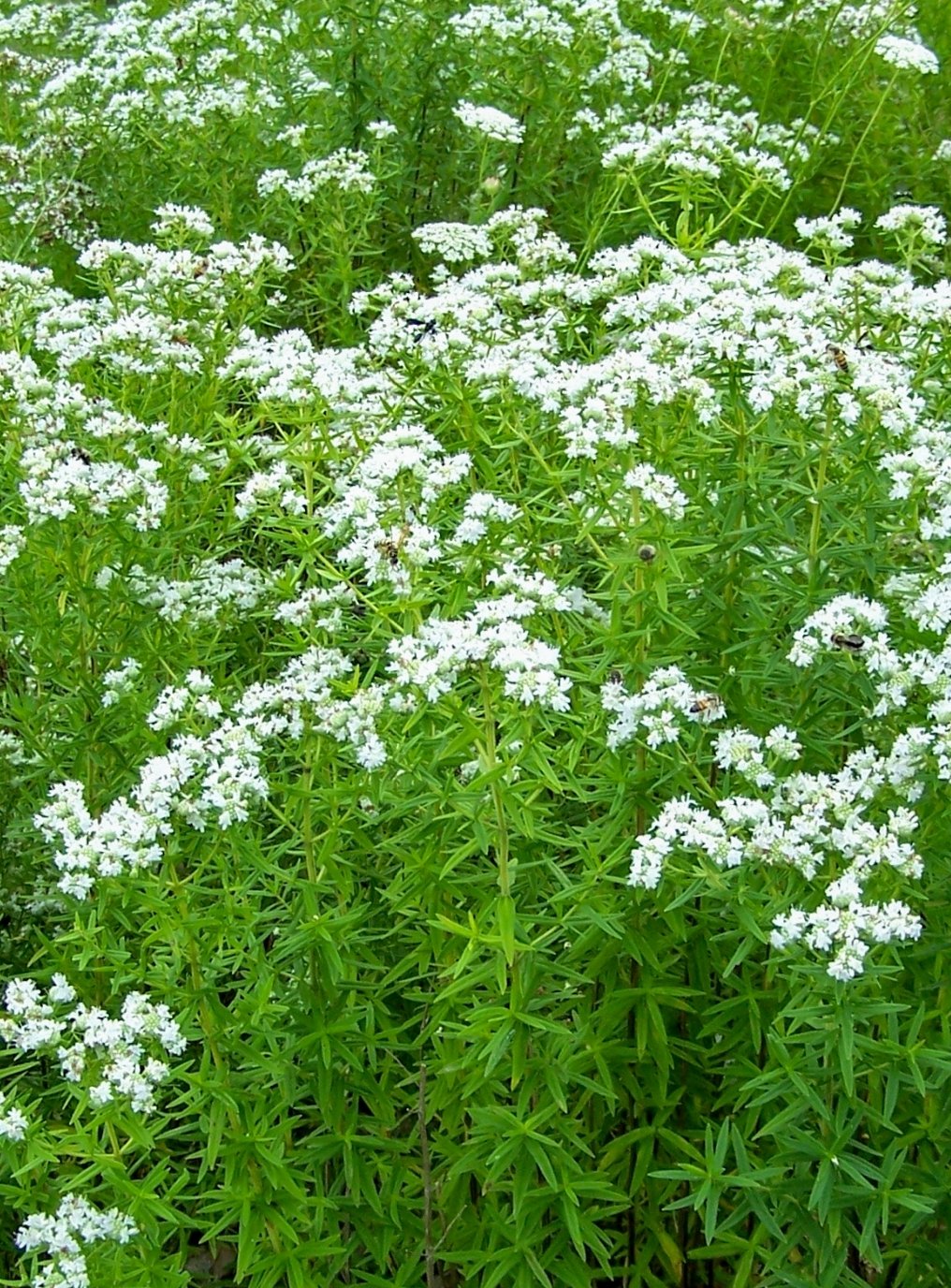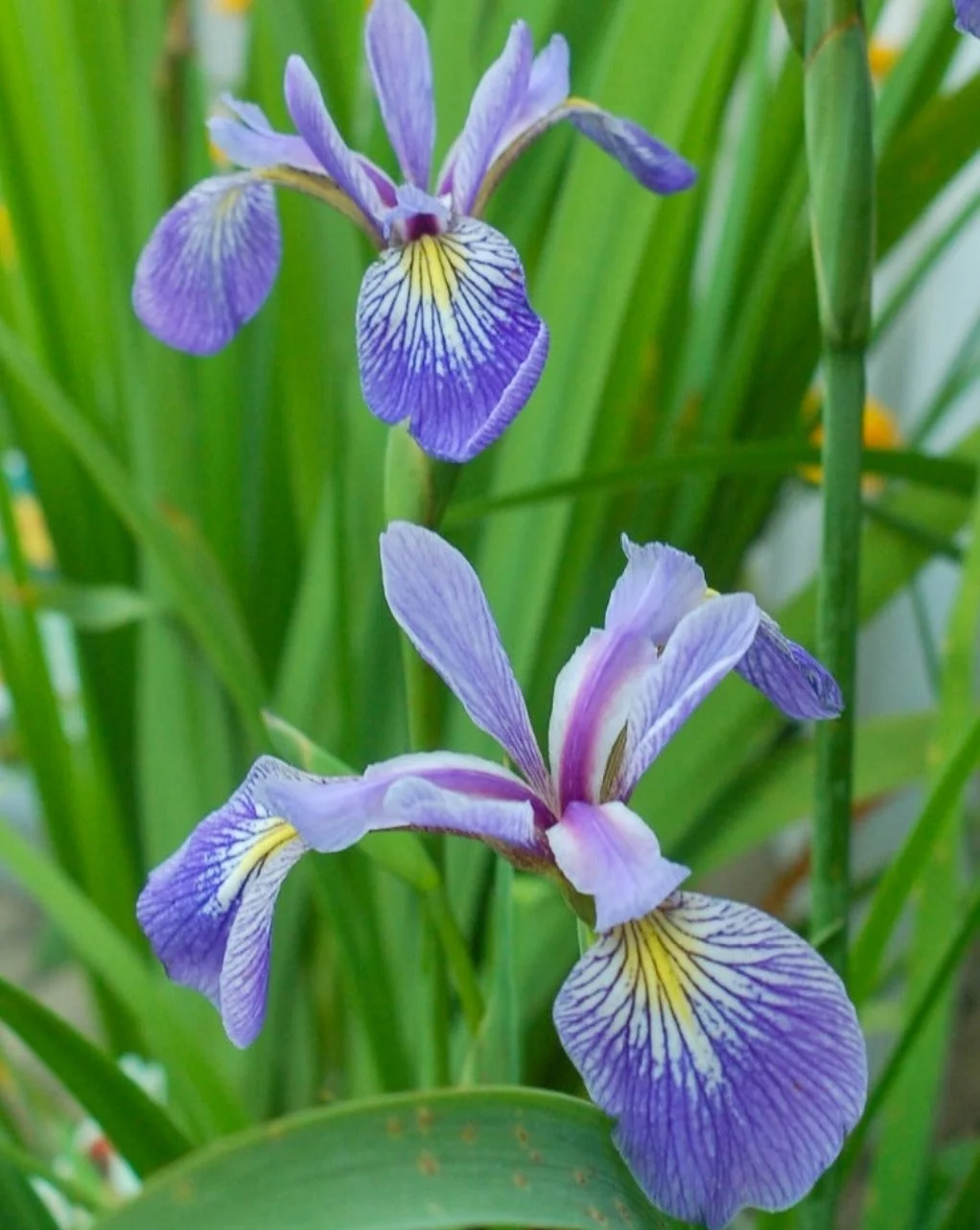 Image 1 of 6
Image 1 of 6

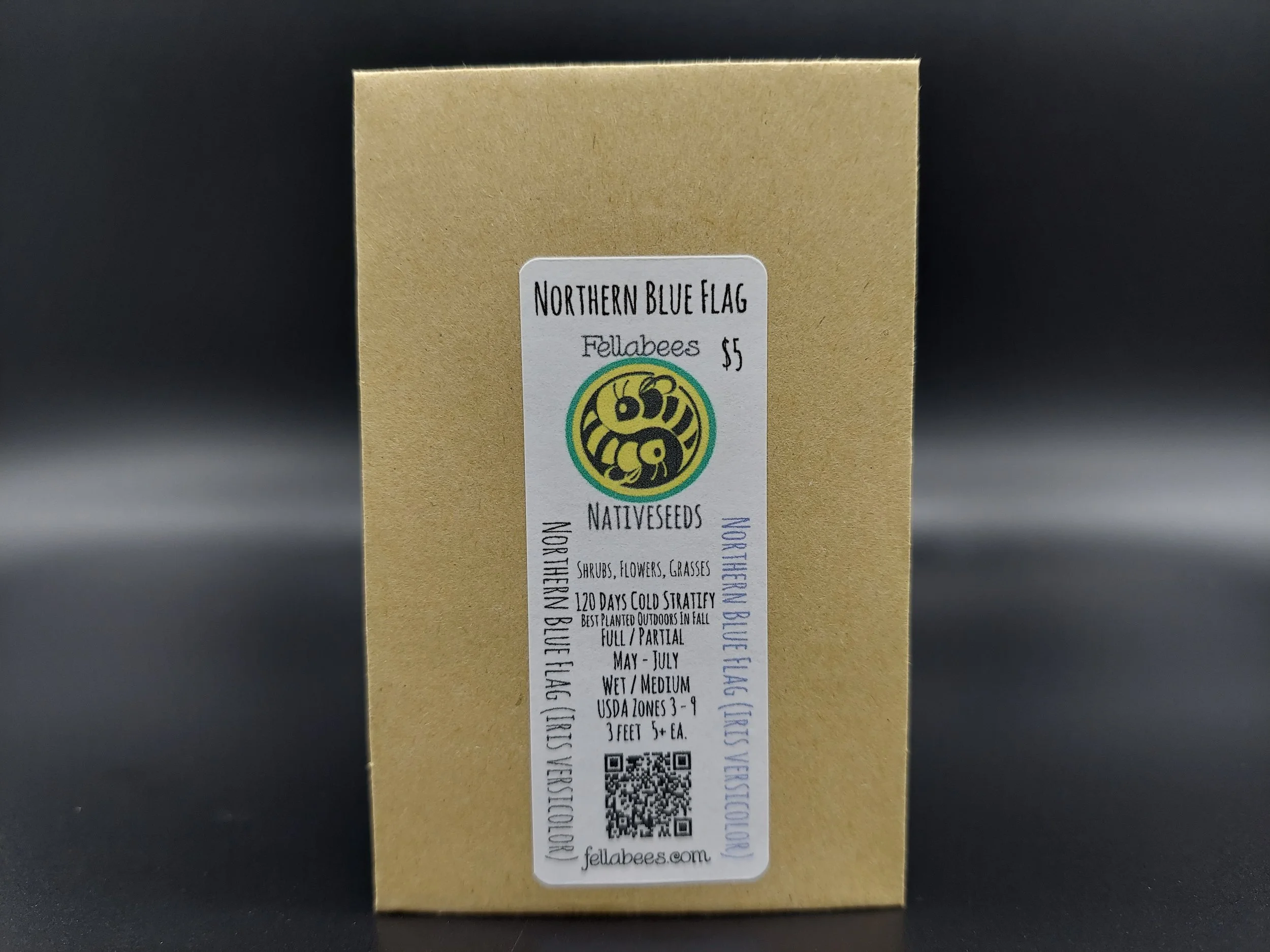 Image 2 of 6
Image 2 of 6

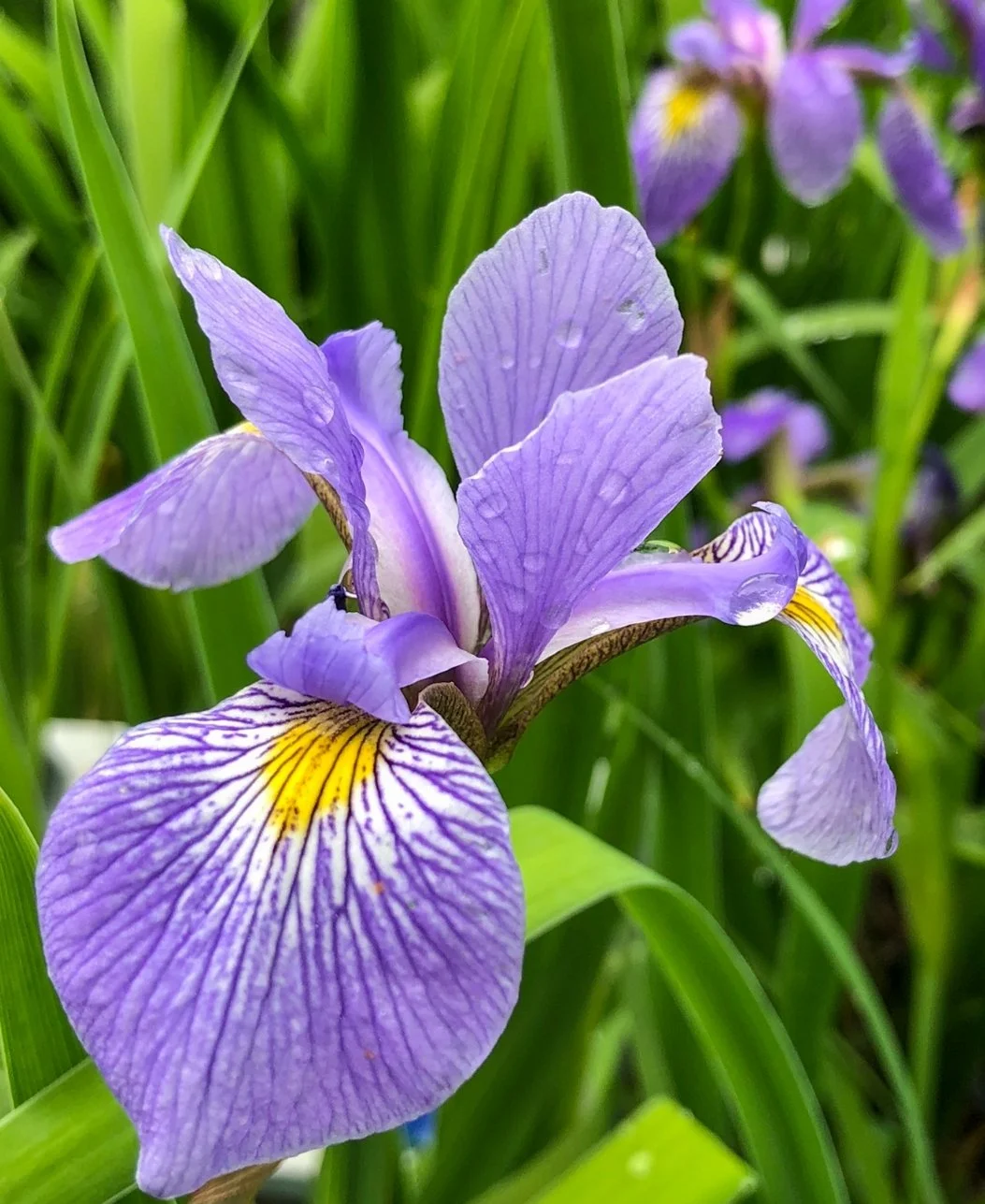 Image 3 of 6
Image 3 of 6

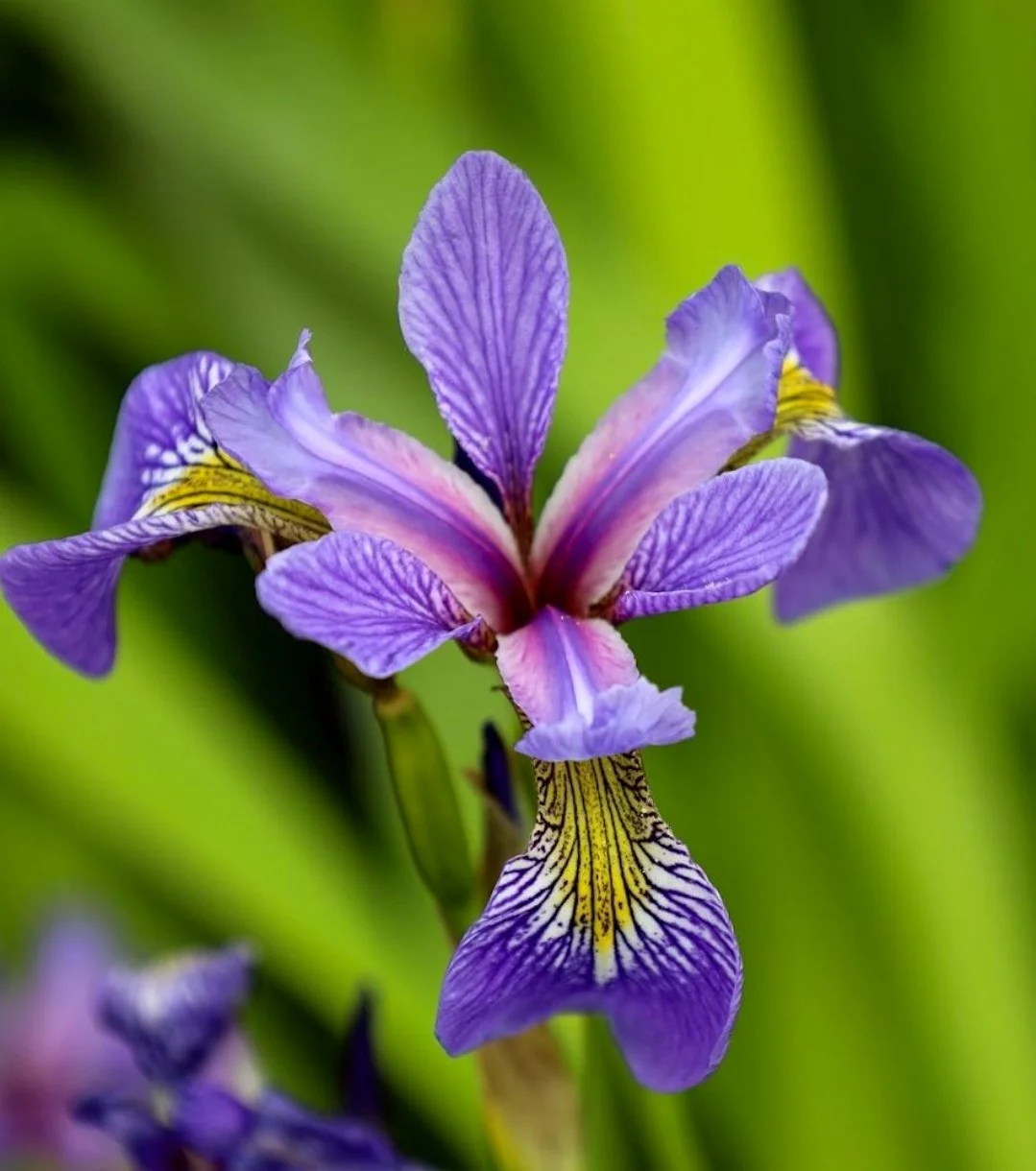 Image 4 of 6
Image 4 of 6

 Image 5 of 6
Image 5 of 6

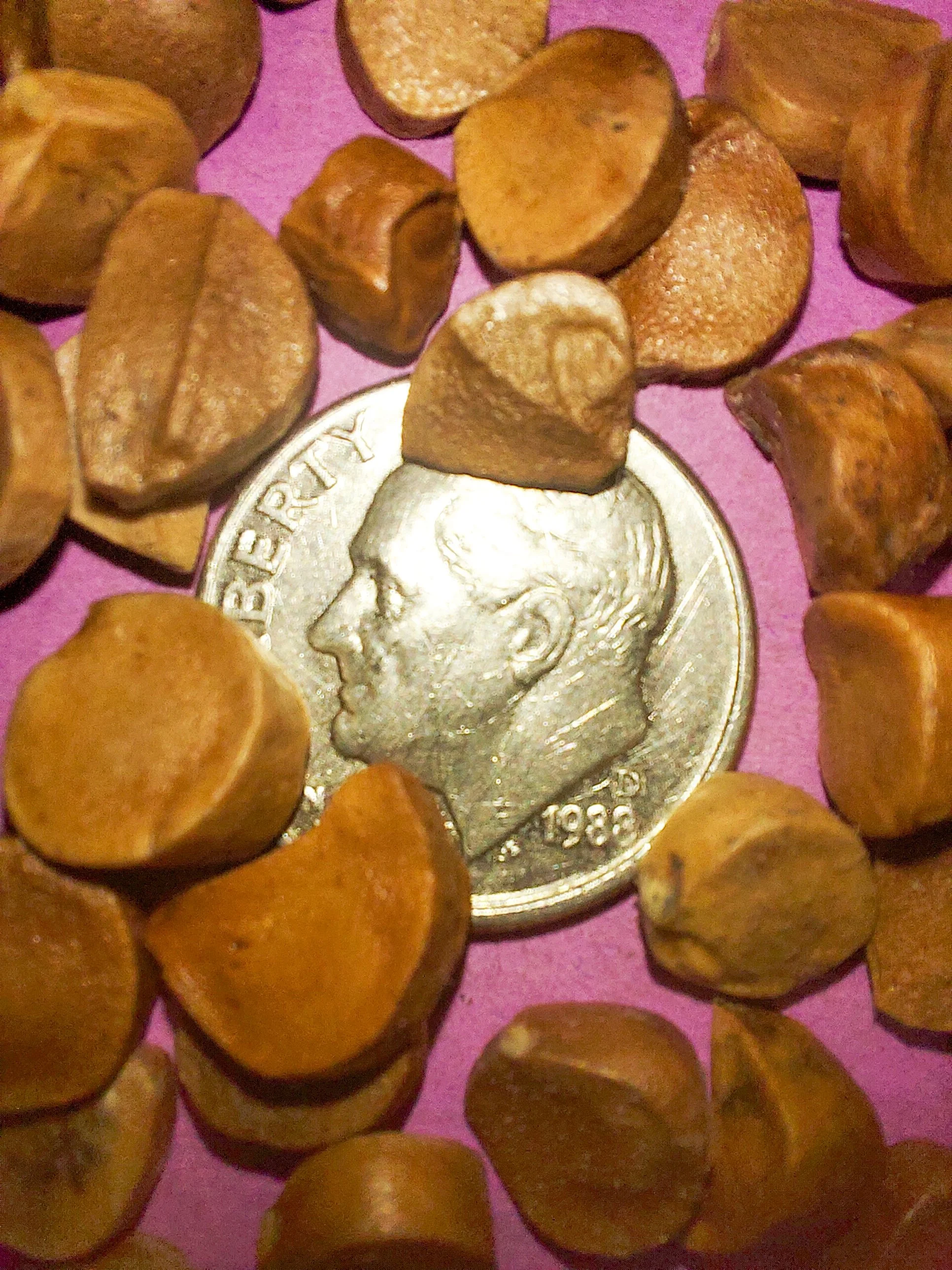 Image 6 of 6
Image 6 of 6







Northern Blue Flag (Iris versicolor)
Northern Blue Flag (Iris versicolor)
This species seed needs to remain refrigerated until sowing. Seed will be fine in the time of transit, but please return it to the fridge upon receiving it, or sow it immediately if in late fall or winter. Northern Blue Flag responds best to direct sowing in late fall and needs a minimum of 120 Days of cold-moist stratification to break dormancy.
Iris versicolor is the scientific name for the native species more commonly called Northern Blue, which is also known colloquially by several other names including Blue Flag, Harlequin Blueflag, and Larger Blue Flag. Northern Blue Flag is a species of Iris that is native to North America, with its natural range primarily found in Eastern Canada and the Eastern United States. More often than not, Northern Blue Flag thrives in wetland habitats such as sedge meadows, marshes, and along the banks of streams and shores where moisture is abundant. The specific epithet versicolor translates to "variously colored," reflecting the diverse and often striking coloration of this beautiful wildflower.
The species has been implicated in several poisoning cases involving both humans and animals who consumed its rhizomes, which have been found to contain a toxic glycoside known as iridin. The plant's sap is also capable of causing dermatitis in individuals who are particularly susceptible to skin irritation. Notably, both the leaves and roots are poisonous and can lead to inflammation of the stomach and intestines. Ingesting this plant can be especially dangerous and potentially fatal to calves. The rhizomes and rootstocks of iris species contain a purgative irritant—referred to as irisin, iridin, or irisine—that causes gastroenteritis when consumed in significant quantities. This chemical likely serves as a natural defense mechanism, providing protection against herbivory by animals such as rabbits and deer.
Iris versicolor attracts Bumble Bees, Sweat bees, Long-tongued bees, Skippers butterflies, Swallowtail butterflies, Monarch butterflies, Fritillary Butterflies, American Painted Lady Butterflies and hummingbirds, making it an excellent choice to enhance your raingardens. Its vibrant colors adds a beautiful splash of life to any location, brightening up outdoor spaces while also supporting local pollinators.
Blue iris was widely used medicinally by Native Americans, who applied it externally to treat burns, wounds, swellings, and sores. Additionally, it was used internally to support liver and kidney health, along with a variety of other therapeutic purposes.
Plant Details:
USDA Zones: 3-9
Germination Needs: Needs 120 days of Cold-Moist Stratification, best planted outdoors in late Fall early Winter
Life Cycle: Perennial
Sun Exposure: Full to Partial
Soil Moisture: Wet, Medium-Wet, Medium
Plant Spacing: 1 - 2 feet
Height: 3 feet
Bloom time: May, June, July
Bloom Color: Blue, Purple
Advantages:
Pollinator Favorite: butterflies, moths, bees, wasps, beetles
Bird Favorite: seeds, insects, fruit, nectar, nesting, perches.
Deer Resistant: Yes
Native to: Wisconsin, Minnesota, Illinois, Michigan, Ohio, Pennsylvania, New York, Vermont, New Hampshire, Maine, Massachusetts, Rhode Island, Connecticut, Delaware, Maryland, New Jersey, West Virginia, Nebraska, and Virginia.
This species is considered present but rare in several counties of the states of Virginia, Maryland and one county of northwestern Nebraska.
Seed Count: 5+
.
.
Packet quantities:
We pride ourselves on ethical, hands on, ecological management, using no mechanical or chemical methods whatsoever.
All of our native seed is hand reared, hand-picked, and hand packed from native prairies under our exclusive management, never breaking chain of custody from the field until it is sent to you. Each packet is hand prepared for shipment by us, directly.
Small seed species will contain greater than 20-25 seed
Northern Blue Flag is set to 5+ seed per pack due to the seed size and thickness.
Large seed species will contain greater than 10-15 seed
All packets are individually marked at the bottom of the front label with expected count, however most if not all packets will have many more than the minimum count by default.
It is our mission to spread the wealth of native plant and pollinator ecological sustainability and educate back yard gardeners as well as corporate and government entities in how to germinate, grow, and benefit from native synergies.
Thank you for your support, it is because of you, that we can grow together to do, what we do. 🐛🦋🐝🐞🌾🌱🌼🧡
Northern Blue Flag (Iris versicolor)
This species seed needs to remain refrigerated until sowing. Seed will be fine in the time of transit, but please return it to the fridge upon receiving it, or sow it immediately if in late fall or winter. Northern Blue Flag responds best to direct sowing in late fall and needs a minimum of 120 Days of cold-moist stratification to break dormancy.
Iris versicolor is the scientific name for the native species more commonly called Northern Blue, which is also known colloquially by several other names including Blue Flag, Harlequin Blueflag, and Larger Blue Flag. Northern Blue Flag is a species of Iris that is native to North America, with its natural range primarily found in Eastern Canada and the Eastern United States. More often than not, Northern Blue Flag thrives in wetland habitats such as sedge meadows, marshes, and along the banks of streams and shores where moisture is abundant. The specific epithet versicolor translates to "variously colored," reflecting the diverse and often striking coloration of this beautiful wildflower.
The species has been implicated in several poisoning cases involving both humans and animals who consumed its rhizomes, which have been found to contain a toxic glycoside known as iridin. The plant's sap is also capable of causing dermatitis in individuals who are particularly susceptible to skin irritation. Notably, both the leaves and roots are poisonous and can lead to inflammation of the stomach and intestines. Ingesting this plant can be especially dangerous and potentially fatal to calves. The rhizomes and rootstocks of iris species contain a purgative irritant—referred to as irisin, iridin, or irisine—that causes gastroenteritis when consumed in significant quantities. This chemical likely serves as a natural defense mechanism, providing protection against herbivory by animals such as rabbits and deer.
Iris versicolor attracts Bumble Bees, Sweat bees, Long-tongued bees, Skippers butterflies, Swallowtail butterflies, Monarch butterflies, Fritillary Butterflies, American Painted Lady Butterflies and hummingbirds, making it an excellent choice to enhance your raingardens. Its vibrant colors adds a beautiful splash of life to any location, brightening up outdoor spaces while also supporting local pollinators.
Blue iris was widely used medicinally by Native Americans, who applied it externally to treat burns, wounds, swellings, and sores. Additionally, it was used internally to support liver and kidney health, along with a variety of other therapeutic purposes.
Plant Details:
USDA Zones: 3-9
Germination Needs: Needs 120 days of Cold-Moist Stratification, best planted outdoors in late Fall early Winter
Life Cycle: Perennial
Sun Exposure: Full to Partial
Soil Moisture: Wet, Medium-Wet, Medium
Plant Spacing: 1 - 2 feet
Height: 3 feet
Bloom time: May, June, July
Bloom Color: Blue, Purple
Advantages:
Pollinator Favorite: butterflies, moths, bees, wasps, beetles
Bird Favorite: seeds, insects, fruit, nectar, nesting, perches.
Deer Resistant: Yes
Native to: Wisconsin, Minnesota, Illinois, Michigan, Ohio, Pennsylvania, New York, Vermont, New Hampshire, Maine, Massachusetts, Rhode Island, Connecticut, Delaware, Maryland, New Jersey, West Virginia, Nebraska, and Virginia.
This species is considered present but rare in several counties of the states of Virginia, Maryland and one county of northwestern Nebraska.
Seed Count: 5+
.
.
Packet quantities:
We pride ourselves on ethical, hands on, ecological management, using no mechanical or chemical methods whatsoever.
All of our native seed is hand reared, hand-picked, and hand packed from native prairies under our exclusive management, never breaking chain of custody from the field until it is sent to you. Each packet is hand prepared for shipment by us, directly.
Small seed species will contain greater than 20-25 seed
Northern Blue Flag is set to 5+ seed per pack due to the seed size and thickness.
Large seed species will contain greater than 10-15 seed
All packets are individually marked at the bottom of the front label with expected count, however most if not all packets will have many more than the minimum count by default.
It is our mission to spread the wealth of native plant and pollinator ecological sustainability and educate back yard gardeners as well as corporate and government entities in how to germinate, grow, and benefit from native synergies.
Thank you for your support, it is because of you, that we can grow together to do, what we do. 🐛🦋🐝🐞🌾🌱🌼🧡
